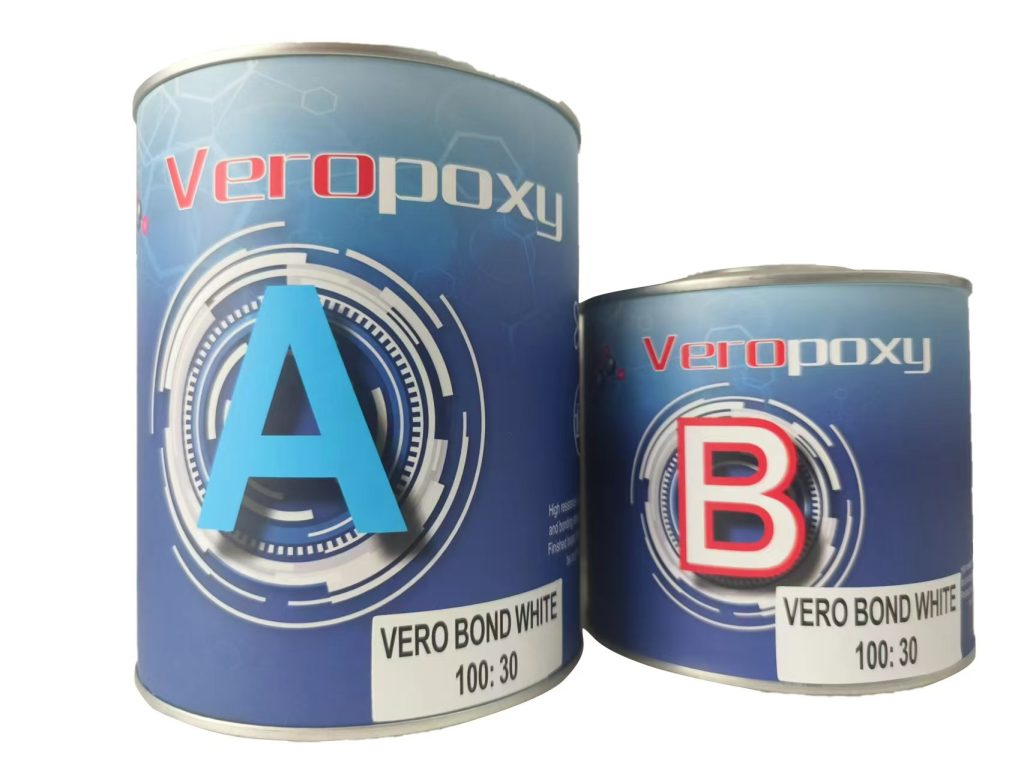The allure of semi-precious stones is undeniable. Their vivid colours, complex designs, and natural appeal make them sought-after components in jewellery, décor, and even in therapeutic settings. Preserving these stones in their original form presents a difficulty, though. Many semi-precious stones are rather soft or porous, which makes them easily scratched, discoloured, and environmentally worn over time vulnerable. Here is where epoxy resin shows up as an unusual but quite successful hero in stone preservation. Epoxy resin serves as a barrier and bonding agent, so improving durability while maintaining the beautiful features that make semi-precious stones so appealing. It does not only coat the stone.
In this article, we will explore how epoxy resin can protect, stabilize, and even enhance the beauty of semi-precious stones, making it an essential tool for those who work with these natural treasures.

Epoxy resin
The Role of Epoxy Resin in Semi-Precious Stone Preservation
Epoxy resin serves several purposes in preserving semi-precious stones. Applied to a stone’s surface, it forms a protective layer or injected into cracks and pores to stabilise the stone internally as a liquid polymer that hardens when mixed and cured. Epoxy resin can guard the surface of the stone from moisture, temperature swings, and chemical exposure—all of which can cause fading or decay by sealing its surface.
1.Protection from Environmental Damage
Semi-precious stones are often susceptible to changes in humidity and temperature, which can lead to cracks, discoloration, and surface damage. An epoxy coating acts as a shield against these possible hazards for stones like malachite, which is rather soft and sensitive to acids. Likewise, stones worn as jewellery or left outside will gain from an epoxy layer that lowers the chance of chips or scratches.
2.Enhancing Aesthetic Qualities
Epoxy resin isn’t merely a tool for functional preservation; it can also enhance the appearance of semi-precious stones. Applied to the surface of a stone, epoxy resin accentuates distinctive features within the stone, adds gloss, and highlights colours. For instance, a thin layer of epoxy accentuates the iridescent effects of labradorite, which is well-known for its play of colour or “labradorescence,” so rendering it even more fascinating.
3.Strengthening Fragile or Porous Stones
Certain semi-precious stones, like turquoise or lapis lazuli, have a high porosity that makes them vulnerable to cracking or breaking. Under these circumstances, a stabilising agent is epoxy resin. Epoxy resin can greatly increase the durability of the stone by filling the microscopic pores and strengthening its structure, so enabling cutting, polishing, even carving of the stone without sacrificing its integrity. For artists working with delicate stones and requiring extra help to avoid breakage during processing, this is especially helpful.
4.Repair and Restoration
Epoxy resin is also instrumental in the repair and restoration of semi-precious stones. Precision repairs chips, cracks, or surface wear so restoring the original form and use of the stone. Epoxy offers a means of reinforcement for stones that have already suffered damage, covering flaws and so strengthening the repaired sections.
5.Maintaining Stones in Jewelry Applications
Jewelry settings put semi-precious stones in direct contact with the human skin, chemicals from lotions, and environmental factors like moisture. Epoxy can build a barrier allowing the stone to resist normal wear and tear without losing its gloss. Opal, for example, is well-known for its sensitivity to drying and cracking; thus, an epoxy coating that stops moisture loss helps much.
Challenges and Considerations in Using Epoxy Resin
While epoxy resin is an effective tool for stone preservation, it’s essential to apply it with caution and skill. These are some crucial factors:
Compatibility: Not every stone responds to epoxy the same manner. While some porous stones may need specific epoxies made for low-temperature curing to prevent damage, others may absorb epoxy unevenly and produce an inconsistent finish.
Application Technique: Applying epoxy to a semi-precious stone requires patience and precision. Applied too thickly, it can give the stone an unnatural look that lessens its inherent attractiveness. On the other hand, a thin, well controlled layer accentuates the features of the stone without overpowering them.
Potential Color Change: Some stones may slightly change color or tone when epoxy is applied, as it can darken the stone’s appearance. Before full use, testing a small area will help to prevent undesired colour changes.
Long-Term Effects: Although epoxy resin provides excellent protection, it may require reapplication over time, particularly for stones exposed to UV light, which can cause epoxy to yellow if not formulated with UV stabilizers.

Epoxy resin proves to be a powerful ally in the preservation of semi-precious stones. For artists, collectors, and jewellery aficionados, its capacity for protection, enhancement, and stabilisation is priceless. Epoxy resin helps us to prolong the life and beauty of semi-precious stones, so ensuring they can be enjoyed for generations, even if it does need careful application and some knowledge of its effects on various stones. Epoxy’s worth in the field of stone work is demonstrated by the harmony of durability and beauty it offers to stone preservation.
Post time: 11 月-07-2024

